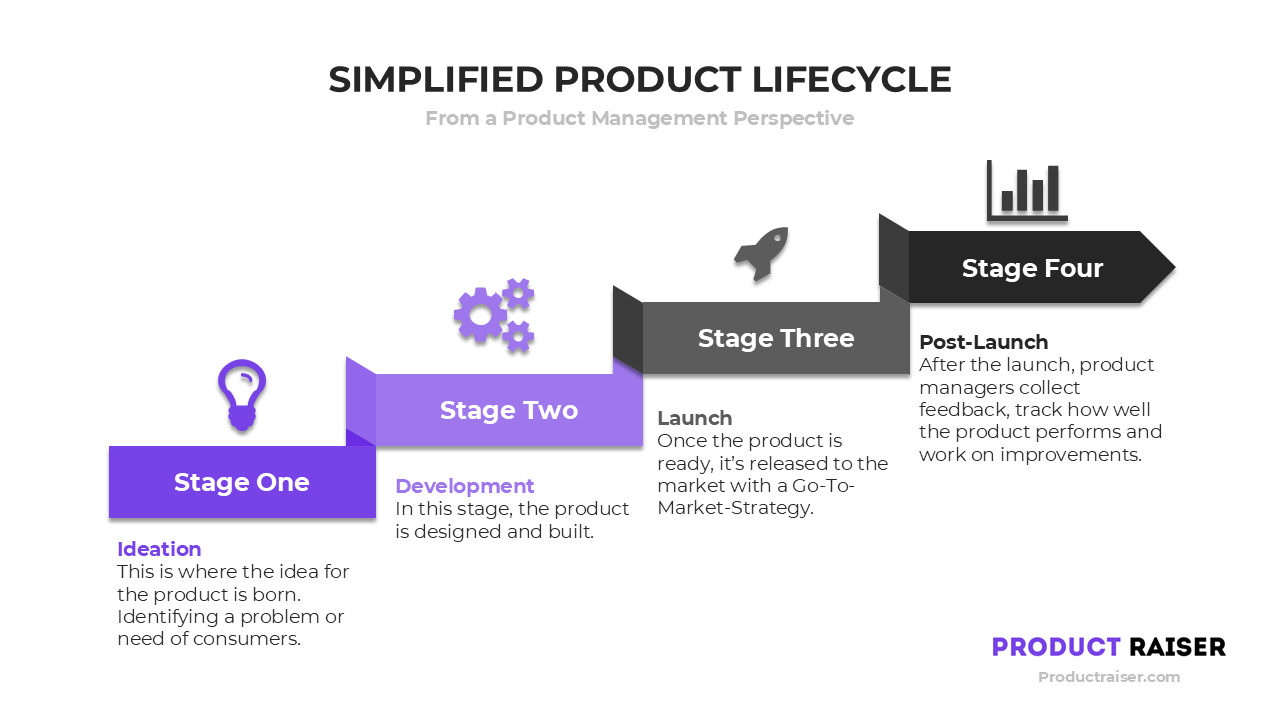Home
Everything You Need to Know About Product Management for Beginners
Curious about what it takes to launch successful products like the iPhone? Unlock the secrets of successful product management and learn how to turn ideas into winning products!
CHRISTIAN CASSISI – 09/26/2024

Office space with a young product developer working on an iMac /pexels/MarcMueller
Product Management Explained in Less than 100 Words
Imagine you’re part of the team that develops the next iPhone. Your job is to figure out what features users need, work with engineers to make it a reality, and ensure that when it’s released, people love it. That’s what product management is all about—guiding a product from concept to launch and beyond, ensuring it solves real problems for customers while meeting business goals.
In simple terms, product management is the process of making sure a product (like the iPhone) is successful (simple in terms, but hard in reality). A product manager leads this effort, overseeing everything from researching customer needs to coordinating teams and ensuring the product meets market demand.
Why Product Management Matters
Product management plays a crucial role in business success. Without it, companies might develop products that don’t meet customer needs or fail to stand out in the market. Think of the iPhone—Apple’s product managers ensure each version has features that customers want, like improved cameras or better battery life (let’s not mention iPhone 15 vs. IPhone16), while making sure the product aligns with the company’s goals.
“bringing the best user experience to its customers through its innovative hardware, software, and services.
~ Tim Cook, Apple CEO
By understanding user needs and guiding the product development process, product managers ensure products are useful, desirable, and profitable. In short, they help turn ideas into products that make a real impact. And, what is often forgotten, product managers are constantly improving the products so that they remain relevant.
When discussing product managers and their tasks, their role can be simplified into three key strategic responsibilities.
Key Responsibilities of a Product Manager
A product manager wears many hats to bring a product to life. To keep it simple we will stick to the Apple and iPhone example (this is no advertising). Here are the core responsibilities:
1. Defining Product Vision: Product managers decide what the product should achieve and what problems it will solve. For instance, Apple’s product managers determined that the iPhone needed Face ID to offer users a faster and more secure way to unlock their phones.
2. Market Research: Product managers study the market and customers. They find out what users want, what competitors offer, and what’s missing. Apple’s team constantly listens to customer feedback to improve each iPhone model.
3. Collaborating with Teams: Product managers work closely with engineers, designers, and marketers to build the product. They ensure everyone is on the same page, just like Apple’s product managers collaborate with their design and technical teams to create features like the iPhone’s sleek design or advanced camera.
By juggling these tasks, product managers turn ideas into real, successful products that customers love. Managing a product is an ongoing process that spans its entire journey from idea to retirement. This is where the product lifecycle comes into play, guiding every step to ensure continued success.
The Product Lifecycle Explained
The product lifecycle is the journey a product takes from the first idea to when it’s no longer sold. Let’s break it down into four simple stages using the iPhone as an example:

1. Ideation: This is where the idea for the product is born. Apple’s product managers might notice that users want better photo quality, so they come up with ideas for improving the camera on the next iPhone. If you want to learn more about product ideation click here.
2. Development: In this stage, the product is designed and built. Engineers and designers create the new iPhone model, and the product manager ensures everything is on track to meet the vision.
3. Launch: Once the product is ready, it’s released to the market. Apple launches the new iPhone with marketing campaigns to generate excitement and ensure a successful product launch.
3. Post-Launch: After the launch, product managers collect feedback and track how well the product performs. Based on user feedback, they might work on software updates or start planning improvements for the next version. Tracking your relevant product management KPIs (Key Performance Indicators) is very important in this phase to identify necessary adjustments, you should make.
By managing the product lifecycle, product managers ensure the product remains relevant and successful in the market. Succeeding in this process requires a specific set of skills. From guiding teams to making critical decisions, product managers need to master several key abilities to keep everything on track. Let’s explore the essential skills that every product manager needs to succeed.
Essential Skills for Product Managers
To be a successful product manager, you need several key skills. Here are the most important ones:
1. Communication: Product managers need to explain the product’s vision to different teams and make sure everyone understands their role. Apple’s product managers must clearly communicate with engineers, designers, and marketing teams to keep the iPhone development on track.
2. Decision-Making: Every day, product managers make decisions about which features to prioritize, how to solve problems, and how to keep the product aligned with user needs and company goals.
3. User Empathy: Understanding customer pain points is crucial. Product managers at Apple focus on what users want—whether it’s a longer battery life or a better camera—so they can create a product that truly meets customer needs.
4. Leadership: Product managers lead cross-functional teams and make sure everyone works together smoothly to achieve the product’s vision.
I really love this clip of Steve Jobs, in which he explains how listening to the market and your customers is the essential thing in creating great products. Sometimes you even have to remove products, when the market tells you they don’t want it.
Challenges in Product Management and How to Overcome Them
Product management isn’t without its challenges. Here are a few common ones and how to tackle them:
1. Competing Priorities: Product managers often have to balance different priorities, like customer demands and business goals. To solve this, they must communicate clearly with teams and make informed decisions about what to focus on.
2. Stakeholder Alignment: It can be tough to get everyone—from developers to executives—on the same page. Product managers need to manage expectations and ensure everyone understands the product’s vision and goals.
3. Handling User Feedback: After launching a product, product managers gather feedback to find out what works and what doesn’t. It’s essential to turn this feedback into actionable improvements for future versions. Before and after launch, customer perosnas are used to make development processes more customer-centric.
By understanding and addressing these challenges, product managers can keep their projects on track and ensure product success.
Conclusion & Why Product Management is Key to Business Success
In today’s competitive market, strong product management is essential for creating products that meet customer needs and drive business growth. From guiding the product lifecycle to overcoming challenges, product managers ensure that every step of the process leads to success. Just like Apple’s product managers work tirelessly to bring each new iPhone to market, a good product manager turns ideas into real products that people love.
If you enjoyed this blog post, be sure to subscribe to our weekly newsletter for exclusive content, expert insights, and free resources you won’t find anywhere else. Don’t miss out— Stay ahead in product management!
Newsletter
NEVER MISS NEW POSTS AND MORE EXCLUSIVE INSIGHTS
Best Product Ideation Frameworks and Processes
Learn key steps, agile techniques, and frameworks to master product ideation with real-life examples and best practices!
10 Essential Product Market Fit Survey Questions
Discover essential survey questions to understand customer pain points and validate product-market fit for your product.
Feature Adoption Rate | Benchmark & Case Studies
Discover what a good feature adoption rate is, how to measure it, and benchmarks to target. Learn the formula and examples from top companies.
Enhance A/B Testing Accuracy with Re-Randomization for Product Management
Boost A/B test accuracy in product management with re-randomization., Reduce bias, and gain reliable insights for data-driven decisions.
16 Key Activities to Validate Product-Market Fit During MVP-Phase
Discover key activities to validate product-market fit during MVP. Learn hands-on strategies to refine your product, meet user needs, and drive growth.
Top 10 Best Product Management Books for PMs
Learn how to optimize listings, gain reviews, and boost sales on Amazon in 2024.






